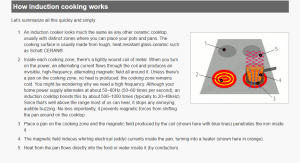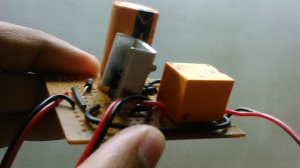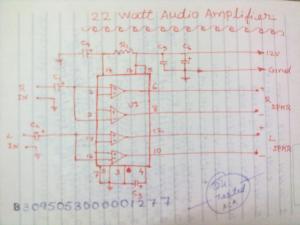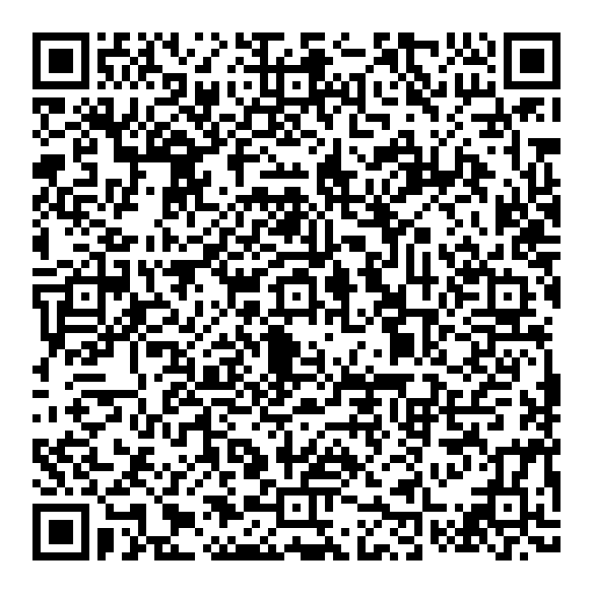Surround system let the listener experience the sound reaching from three or more directions, which provides a more realistic audio environment.In fact, surround is the concept of expanding the spatial imaging of audio playback from one dimension(mono/left-right) to two or three dimensions. The surround sound effect can be achieved by processing an existing stereo sound track to add spaciousness and to make it originate it from outside the left/right speaker locations.
This slideshow requires JavaScript.
Creating surround sound
Surround sound is created in several ways. The first and simplest method is using a surround sound recording microphone technique, and/or mixing-in surround sound for playback on an audio system using speakers encircling the listener to play audio from different directions. A second approach is processing the audio with psychoacoustic sound localization methods to simulate a two-dimensional (2-D) sound field with headphones. A third approach, based on Huygens’ principle, attempts reconstructing the recorded sound field wave fronts within the listening space; an “audio hologram” form. One form, wave field synthesis (WFS), produces a sound field with an even error field over the entire area. Commercial WFS systems, currently marketed by companies sonic emotion and Iosono, require many loudspeakers and significant computing power.
The Ambisonics form, also based on Huygens’ principle, gives an exact sound reconstruction at the central point; less accurate away from center point. There are many free and commercial software available for Ambisonics, which dominates most of the consumer market, especially musicians using electronic and computer music. Moreover, Ambisonics products are the standard in surround sound hardware sold by Meridian Audio, Ltd. In its simplest form, Ambisonics consumes few resources, however this is not true for recent developments, such as Near Field Compensated Higher Order Ambisonics.[17] Some years ago it was shown that, in the limit, WFS and Ambisonics converge.[18]
Finally, surround sound also can be achieved by mastering level, from stereophonic sources as with Penteo, which uses Digital Signal Processing analysis of a stereo recording to parse out individual sounds to component panorama positions, then positions them, accordingly, into a five-channel field. There are however more ways to create surround out of stereo, for instance with routines based on the QS and SQ Quad routines, where instruments were in the studio divided over 4 speakers. This way of creating surround with software routines is normally referred to as “upmixing”.[19]
3D SURROUND SOUND SYSTEM BLOCK DIAGRAM
CIRCUIT SECTIONS
1. POWER SUPPLY
230v AC to 12 V DC
3A Transformer, 7812 regulator
IN5408*4 diodes
2. 3D FILTER
NJM 2702D-14pin DIP,two channel
3. AUDIO AMPLIFIER
TDA 1557Q-13pin SIL,Class B,20W*2, 4 ohm output.
Two channel sounds is the standard format for home stereo receivers,television and FM radio broadcast. When we listen to these two channels on separate speakers, it recreates the experience of being present at the event. Surround recordings can take this idea a step further by adding more audio channels so that the listener experience the sound reaching them from three or more directions which provides more realistic audio environment.
***
















